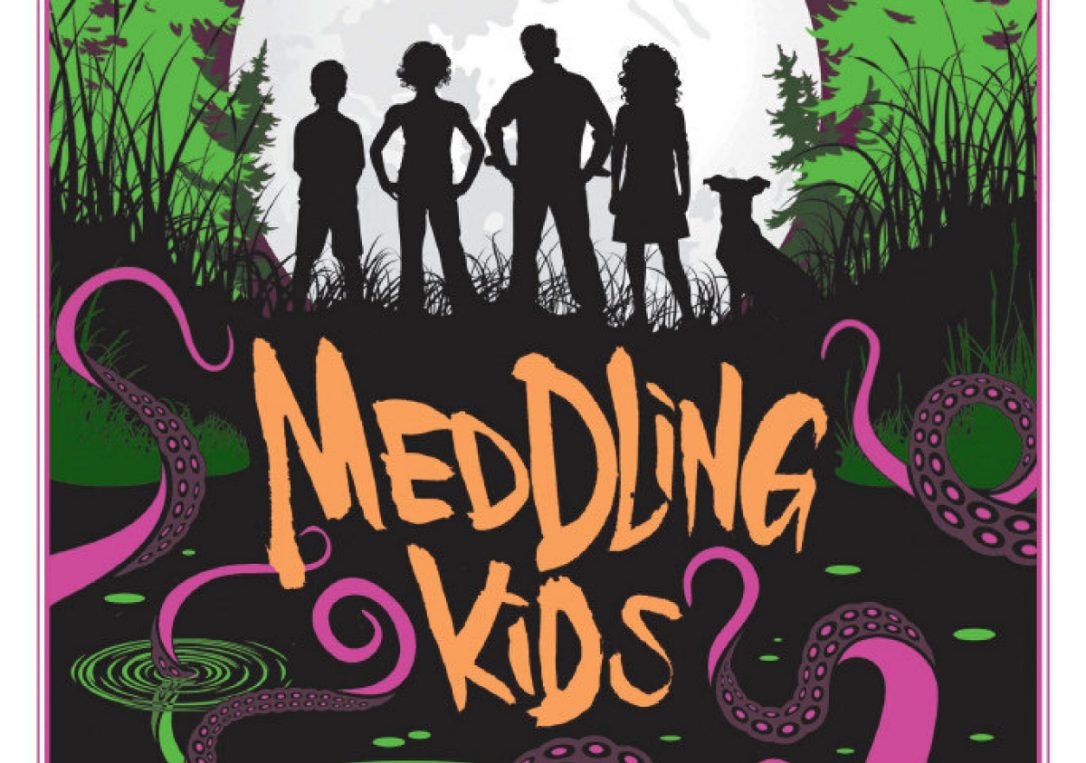Edgar Cantero
I am a big fan of Scooby-Doo. It’s got something of that James Bond aesthetic to it — every few years, there’s a new one, and we get to see a new take on the tropes. The recent series have been pretty good — What’s New was, basically, a straight modernized version of the original; Mystery Incorporated did some interesting things with the characters; Be Cool is one of the funniest shows I’ve ever watched; and Guess Who is a love letter to the people who watched the original series.12 The movies are a bit more hit-or-miss, but growing up in the 90s meant I had Zombie Island, Witch’s Ghost, Alien Invaders, and Cyber Chase; Alien Invaders is a hilarious concept, Zombie Island is, I’d argue, the best Scooby-Doo media to date, and Witch’s Ghost is part of why I was so excited to visit New England.3
In short, I love the different takes on the same story; there’s nothing new on Earth, but the different ways people combine ingredients are still creative and interesting. So when I saw that somebody had written a Scooby-Doo book with Lovecraftian influence? Alright, I’m interested.4
The writing style is interesting — Cantero switches back and forth between a more conventional novel style and something inspired by a movie script, with labelled dialogue and annotations for Scooby.5 Where it really shines is the occasional action scene; the sentences get longer, flow together, and it feels like a choreographed fight in a movie.
It’s also definitely creepier than anything in my usual reading; the book is set roughly a decade after the gang broke up, and Fred having died in the interim doesn’t stop him from showing up when Shaggy forgets his meds. The interactions between Shaggy and his hallucination of Fred range from hilarious, through bittersweet, and occasionally into the grotesque.
Plot-wise, the book is enjoyable; it gets a bit weird in places, but eventually pulls itself back together, while leaving room for Cantero to come back and write more if he wants.
Which leads me into something that I felt he did excellently: tie-ins. Because, yes, it’s a Scooby-Doo book that can’t say “Scooby-Doo,” or “Fred,” “Daphne,” “Velma,” or “Shaggy.”6 It’s also a Lovecraft book, though — the Necronomicon is explicitly mentioned, and there’s a passing reference to Miskatonic University, as well as several scenes in Arkham. And other bits and pieces makes appearances — Cantero has certainly read more Lovecraftian horror than I have, but based on what I could pick out as references, there were quite a few that I missed. And it’s tied together to give the book the feeling of being part of a larger universe — you could pick up one of Lovecraft’s books, read it, and mentally slot it in to this same continuity without an issue.
So hey, if you want a creepy, fun little romp in the Pacific Northwest, watching Shaggy, Daphne, and Velma try to deal with PTSD and the results of living in a world that has both “some guy dressed up in a costume to scare people away” and the Necronomicon, I can heartily recommend Meddling Kids.
- Seriously, it’s artistically gorgeous, and whoever is doing the soundtrack? Give them a raise, it’s excellent. ↩
- Yes, I know I left one out; we don’t talk about Get a Clue. ↩
- Zombie Island also made my time in Louisiana more enjoyable, and Cyber Chase is set in an amalgamation of MIT, Stanford, and UC Berkeley, two of which I’ve visited. The moral of the story is, I need to go to Roswell to finish my Scooby-Doo Tour of the United States. ↩
- Admittedly, it’s not an official Scooby-Doo book, so everybody has different names, but it’s also clearly meant to tie in to the same “hey, recognize this trope?” pattern, and gains a lot by then subverting them. ↩
- As mentioned in the previous footnote, the dog isn’t named Scooby, but I don’t feel like writing a conversion chart for what’s meant to be a short review, so I’m just going to do the name-swapping myself. ↩
- It’s possible they could get away with “Scrappy,” but didn’t try. ↩
